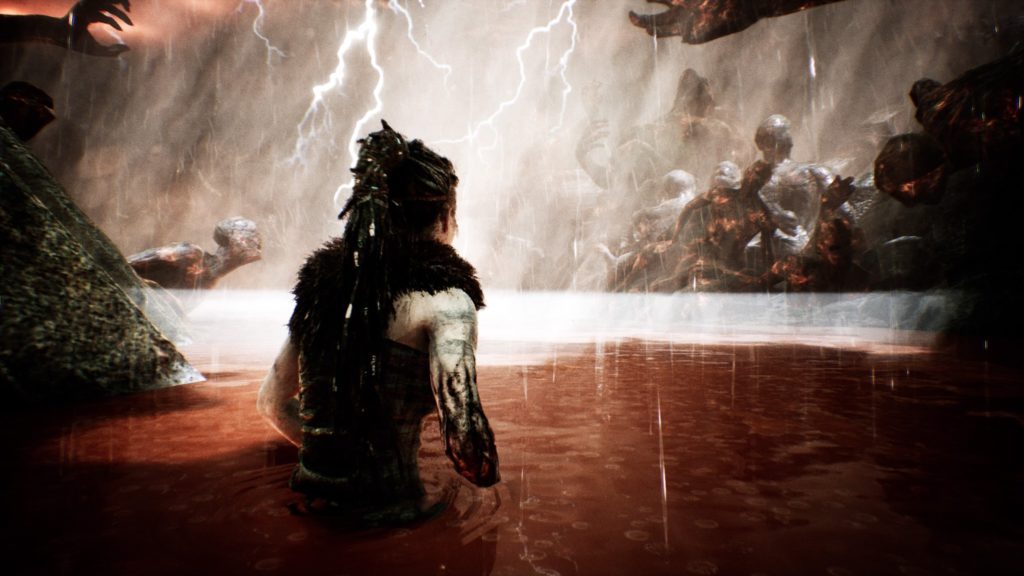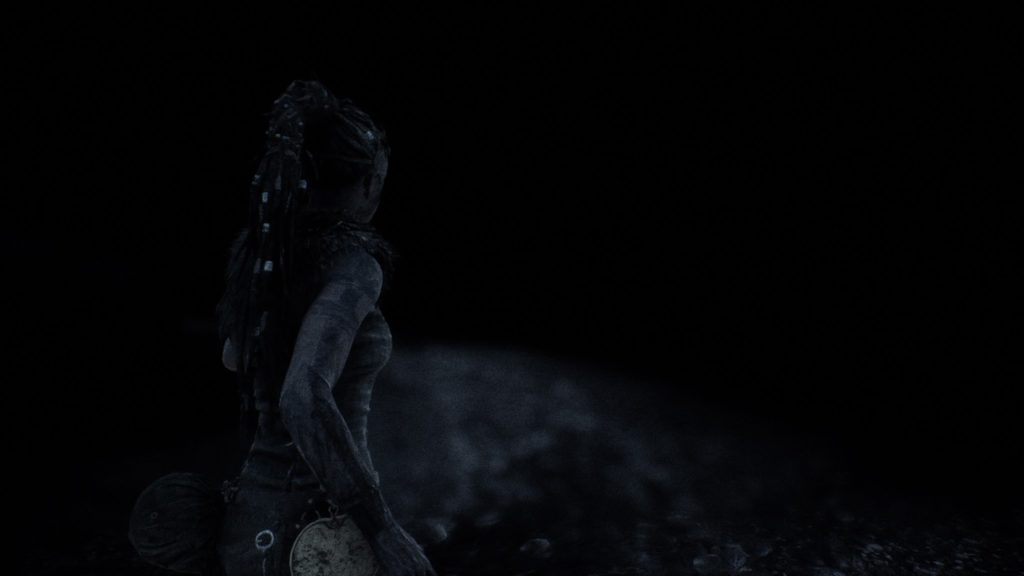- Genre: Action/Adventure
- Platform: PS4
- Also Available On: Xbox One, Windows, macOS, Linux
TL;DR
- Consistently good combat, exploration, and puzzle solving
- Entertaining story involving the legend of the city of Paititi and a mix of Inca and Maya lore
- On console, nice option to prefer framerate over visual quality. 60 FPS feels really good during the heavy movement segments of the game.
If you’ve played the prior two games in this trilogy, you know what to expect – solid semi-open world exploration, good puzzle dungeons, excellent stealth mechanics, and fun combat when pressed into action. Although this is definitely starting to trend towards being formulaic, there’s a few things here that made this feel like the best iteration on the gameplay that’s come out of the trilogy.
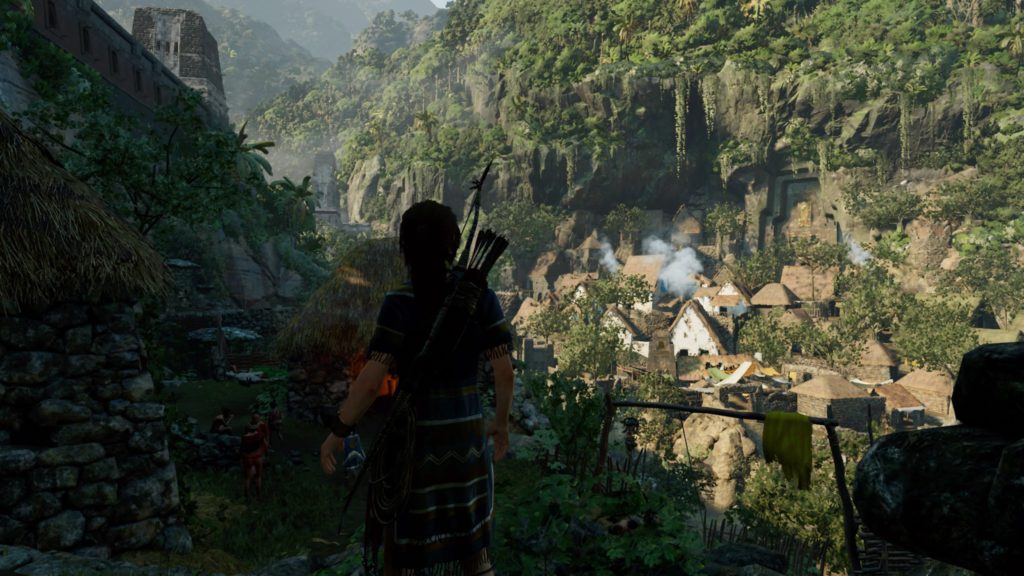
One of the reasons that I’ve really enjoyed this trilogy is that it’s only really openish. It’s got some open world trappings in terms of a relatively seamless world and a ton of things to collect in it, but in general this is still a fairly linear experience. The handful of times you get an open-style area, it’s really to allow you to breath between strictly linear story segments and give you a place to return to when a story spot is complete. These larger areas also give you the push to explore to find tombs – after all this IS Tomb Raider – that act as a significant side item to do.
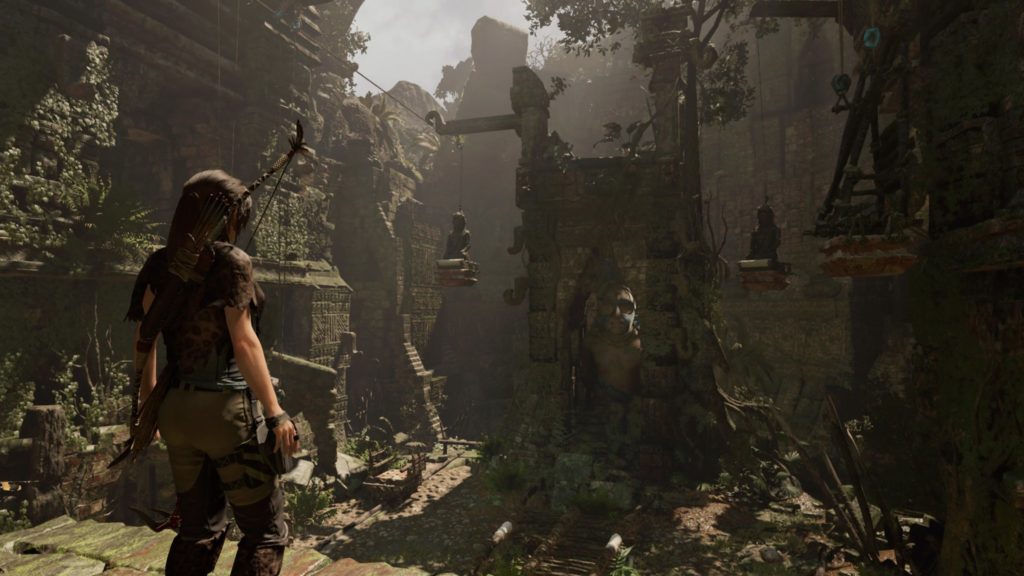
The prior titles in the reboot series had their share of tombs to go into, but it never really felt like a focus. While the content here is still entirely optional, the quality and count of tombs available in this game feels more significant than before. Its these tombs and crypts that are the best part of the game for me, and pushed me to seem them out whenever I could.
Each open area typically has somewhere between 3-6 hidden areas to explore with a single focus in each one. Some tombs are focused on manipulation of light to open doors to proceed further. Some focus on weight-based puzzles to open up paths to move on. A couple of them really end up being purely about climbing from point A to B without dying. These are entirely optional experience, but they’re worth seeking out simply because they are so much fun to complete. On their own, you could make a game out of a series of these and it would be worth playing, but as a part of the greater experience they still stand out. It also helps that they tend to have skill rewards at the end to really push the need to complete them.
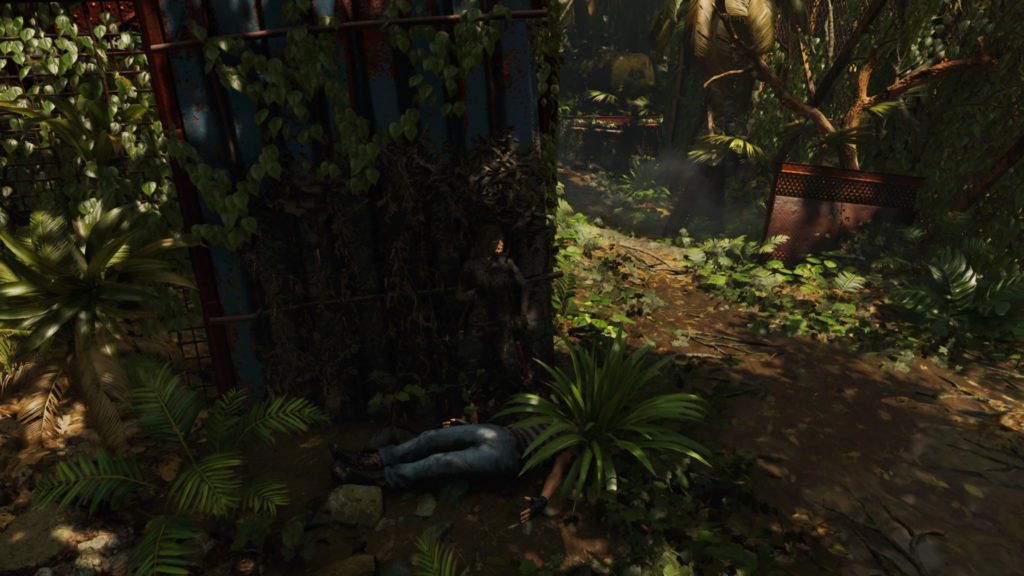
Combat remains largely the same as previous iterations, but is still a ton of fun. That said, the fact that there is less of it throughout the game oddly makes it feel even better. The previous titles had similar problems to Uncharted where almost any story area had obvious segments of a room of bad guys, then a room of jumping, then a room of bad guys, etc. Shadow significantly reduces this, and the game really only ends up having a handful of significant combat events in the entire game. Of this, most of them can also be completed entirely through strong stealth mechanics. When you do end up firing weapons, it’s usually for a strong story-reason, and luckily the handful of weapons (pistol, shotgun, auto rifle, and in particular the bow) all feel solid to fire.
Overall, Shadow felt like an appropriate ending to the reboot trilogy, and probably a good ending for the series on the current generation of hardware. There’s some obvious fluff to the experience that could be trimmed away, particularly with side quests that generally involve running around towns doing nothing in particular, but the overall game feels like it has reached a solid peak. Combat is fun, the puzzle solving is the best it’s been, and the origin story for Lara wrapped up in a relatively satisfying way. I’m hoping the next generation of hardware allows the series to stretch into new directions in a way similar to God of War, but for now I’m happy in where this one has ended up and can’t wait to see where Lara’s adventures take us next.


